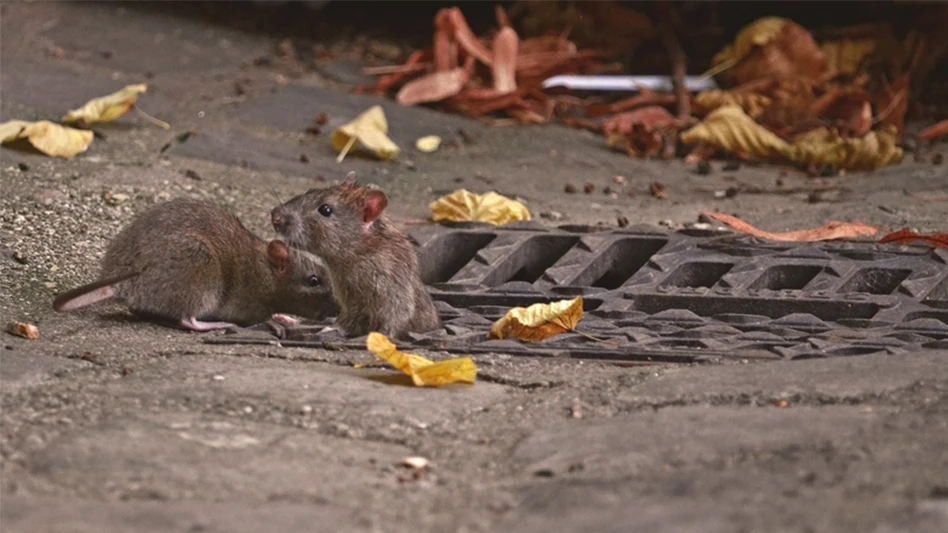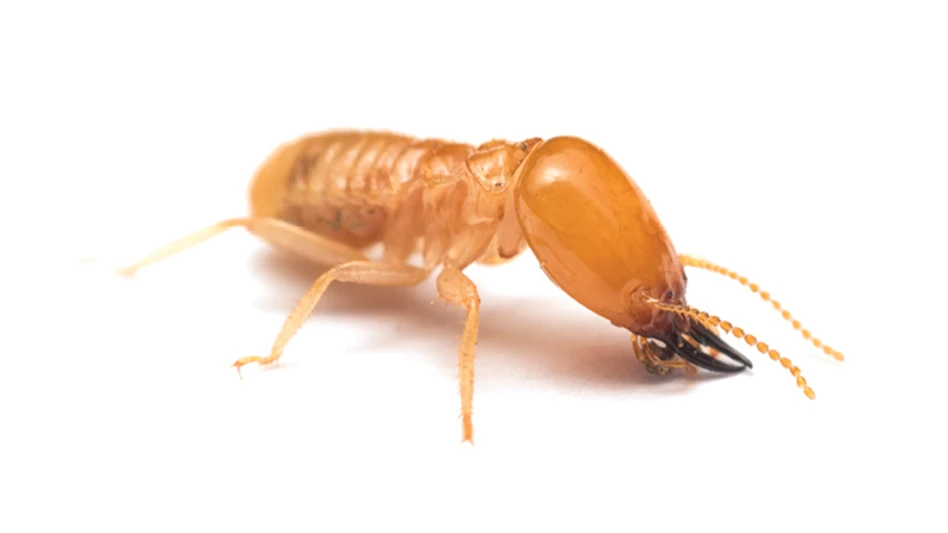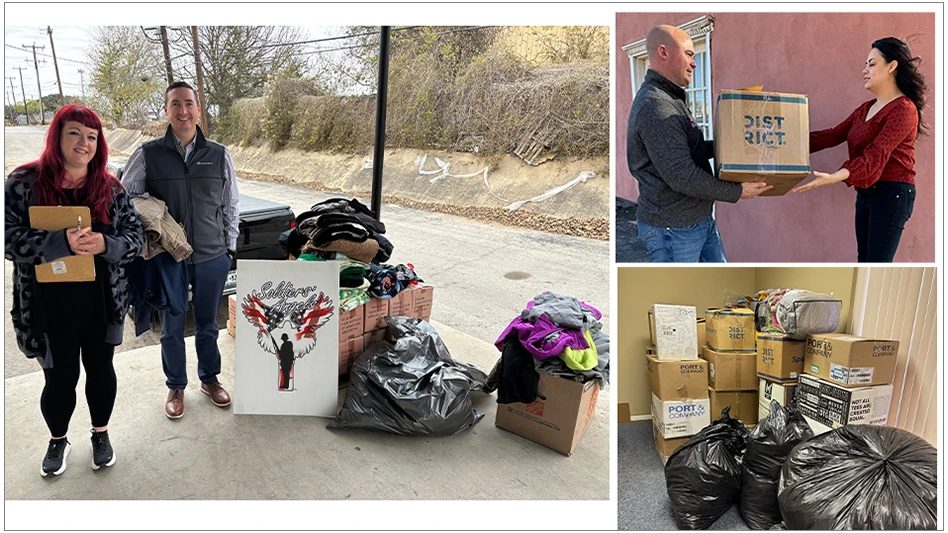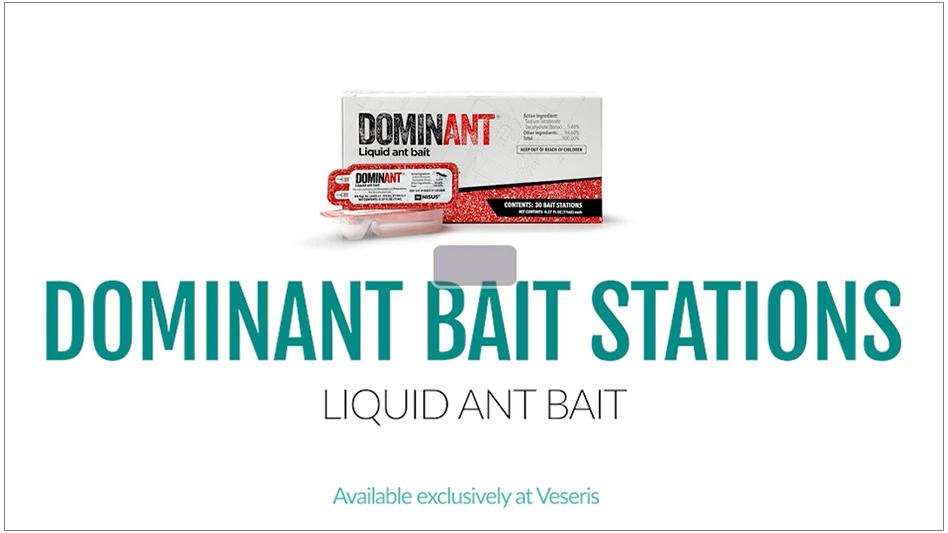The recent recall of 25 million pounds of hamburger meat produced by the Hudson Company’s Nebraska plant, and the subsequent shutdown of the plant, is an incident that can teach PCOs a few lessons.
When I learned of this situation, a few questions crossed my mind: First I wondered who had the pest control contract for the meat packing plant? Also, where were the company’s sanitation reports? The USDA cited a lack of records and sanitation problems at the plant as reasons for the shutdown.
Quality control programs are becoming a major topic for many of the industries in America and worldwide. We often read articles about quality control in our industry publications and they typically deal with checking the effectiveness of service technicians. In other words, there are quality controls to measure customers’ perceptions of technicians, and to determine if their work meets the company’s standards.
But there is far more to quality control than checking up on a technician’s effectiveness, especially in relation to commercial accounts or food industries. To these industries, record-keeping should be paramount to godliness. One new program that has been developed is called ISO 9000. There is much more to this program than simple quality control; just ask any of the pest control companies who have taken the time to become certified in this regimen, such as Prism based in Miami, Fla., and PCO Services Inc. of Ontario, Canada.
WHAT IS ISO 9000? ISO 9000 and its various amendments is a system of quality assurances that, in essence, assures a backup quality control system is in place if the primary quality control system should fail. Furthermore, all of this is outlined in writing so it can be examined independently. To many, ISO 9000 is a nightmare, but to many others it’s becoming a necessity. And ISO 9000, as well as other quality control programs being implemented around the country, may be an indication of where the pest control industry is heading. If you were to peruse the archives of the pest control industry, I believe you could piece together a clear history and begin to see a trend toward more regulation emerge.
Some of you may cringe at the thought of increased regulation, but we are also seeing more and more self-imposed restrictions. It is fairly apparent at industry meetings that the movers and shakers of the industry are moving toward a future that entails the targeted use of pesticides, even in treating some of the more problematic pests. When you get your new copy of the Mallis Handbook of Pest Control, pick a chapter and look at some of the history there. Forget the names of the pesticides and just think about the concepts, what we used and how we used them. Today we have new, more environmentally friendly compounds, yet we are using them similarly to the way we did back in the old days. For instance, I spoke to someone recently who related the days of using penta (pentachlorophenol) for treating wood-destroying insects to today’s techniques. The method of application was the same as those outlined for borates, but look at the differences between the compounds. It is the techniques, not the pesticide that makes the difference.
REGULATORY NEWS. As 1997 draws to a close, you will also hear more regulatory “news.” New pesticides will be available at the national convention. New manufacturers will be on the scene next year and in the future. And new termiticide labels will be in the marketplace as of October 1997.
Furthermore, there’s new legislation that may have a bigger impact than you or I could anticipate. I’m referring to the introduction of a bill to designate “environmental pollutants” and develop a list of pesticides that are “safer for children.” The bill, called the Children’s Environmental Protection Act (CEPA), will be floating around Congress this year and probably into the next. Even though the bill addresses pesticides, it does not affect FIFRA, but is proposed to amend the Toxic Substance Control Act (TSCA). In light of the continued reports of pesticides in water, E. coli outbreaks and the Food Quality Protection Act, this bill may be something to be reckoned with. It addresses the use of pesticides on federal properties only. But if such a list is developed, do you really think it will stop at restricting use on federal property? We have already seen states develop red, yellow and green lists, or lists of “approved” materials for use in schools under IPM programs. The mandate of CEPA is to look at areas that are reasonably accessible to children, i.e. homes, schools, day care centers, shopping malls, parks and movie theatres to name a few. In light of all this, it’s no wonder that some pest control operators have willingly changed their approach to selecting pesticides.
In the next few years there will be another set of major changes for our industry. Some of us will be prepared and others will not. Some PCOs reading this column will remain in business, some will not. These are the facts of life. And in the service industry, life has a special meaning. We not only have to consider our business “life,” but the health and well-being of customers. Their lives are affected by our service in many ways which they may never understand. The key to our survival is in adaptability and using our knowledge of techniques to pursue treatments that reduce pest problems, eliminate the cus-tomer’s concerns and get the job done with minimal effort. This is a big achievement. Furthermore, we have to maintain contact with customers and communicate with them to thoroughly address their concerns or questions.
George Rambo is president of George Rambo Consulting Services, 1004 Van Buren St., Herndon VA 22070, 703/709-6364.

Explore the October 1997 Issue
Check out more from this issue and find your next story to read.
Latest from Pest Control Technology
- ActiveGuard Mattress Liners Offered to Philadelphia Fans Traveling to The Big Game
- Pest Index Increased 11 Percent YOY in December
- Hawx Pest Control Earns QualityPro Accreditation
- Envu Announces Lichtenstein as Chairman of Board of Directors
- Spider Expertise, Cockroach Species, AI Tools for Disease Transmission Hot Topics at Purdue Conference
- Rose Pest Solution Promotes Kandler to District Manager of Columbus (OH) Office
- Webinar: Maximizing Cash Flow — Key Strategies for Business Growth
- WorkWave Announces Wavelytics





